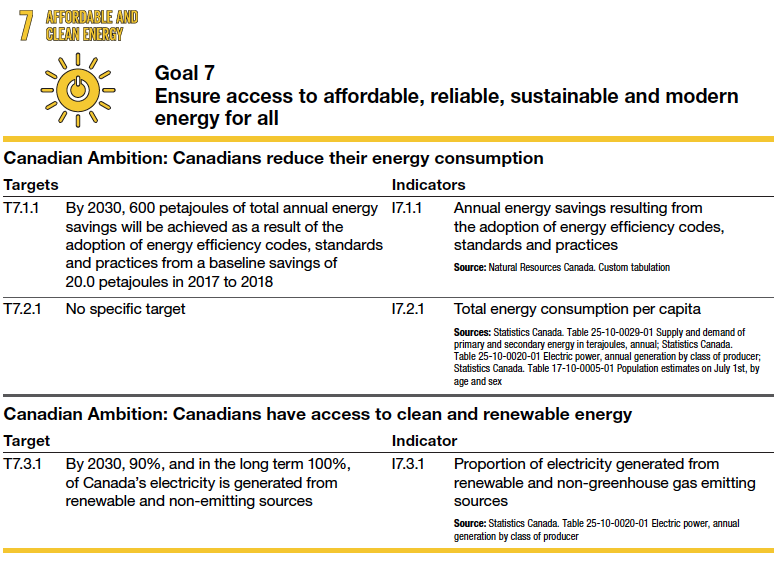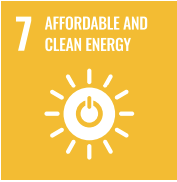Week 5
SDG #7 – Affordable and Clean Energy
Video
In this 10-minute video made available from the SDG Academy, Jeffrey Sachs looks at SDG #7 – Clean and Affordable Energy. This video addresses clean energy and industry as a key transformation for the SDGs, with a brief discussion of rising CO2 emissions, followed by the energy components needed for a transformation including: zero-carbon electricity, electrification of energy users, greater energy efficiency, and reducing industrial pollutants.
Analysis
Ensuring access to affordable and sustainable energy is critical to the quality of our lives and the strength of our economies. Countries that overcome the challenges, and transition to cleaner forms of energy will help ensure access to affordable, reliable, sustainable, and modern energy for all[1].
The world is making progress towards SDG #7, with encouraging signs that energy is becoming more sustainable and widely available. Access to electricity in poorer countries has begun to accelerate, energy efficiency continues to improve, and renewable energy is making impressive gains in the electricity sector[2]. Nevertheless, more focused attention is needed to improve access to clean and safe cooking fuels and technologies to expand the use of renewable energy beyond the electricity sector.
Fast Facts
- 13% of the global population lacks access to modern electricity;
- 3 billion people rely on wood, coal, charcoal or animal waste for cooking and heating;
- Energy is the dominant contributor to climate change, accounting for around 60% of total global greenhouse gas emissions;
- Indoor air pollution from using combustible fuels for household energy caused 4.3 million deaths in 2012, with women and girls accounting for 6 out of every 10 of these;
Why it Matters
Why should I care about clean and affordable energy? For many decades, fossil fuels such as coal, oil or gas have been major sources of electricity production, but burning carbon fuels produces large amounts of greenhouse gases which cause climate change and have harmful impacts on people’s well-being and the environment. This affects everyone, not just a few.
Targets and Indicators for Canada
Below is Canada’s approach to measuring progress on SDG #7 – Affordable and Clean Energy. Note the targets and indicators chosen[3].

Recommended Reading
- United Nations. (2021). The Sustainable Development Goal Report, 2020. Ensure access to affordable, reliable, sustainable, and modern energy for all.
- Global Affairs Canada. (2018). Canada’s Implementation of the 2030 Agenda for Sustainable Development: voluntary national review ↵
- United Nations. (2021). Sustainable Development Goals. ↵
- Statistics Canada. (2021). The Canadian Indicator Framework for the Sustainable Development Goals - 2021. ↵


